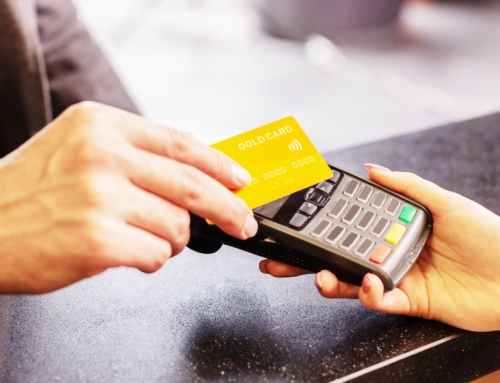Finding the best pricing strategy is challenging for any business, and it’s really crucial to get it right. Set your prices too high and it will create an expectation of luxury, and you must therefore be prepared to deliver excellence. Low prices can make you look too cheap, won’t do you justice and don’t make good business sense either.
Finding the best system depends on many factors. Consider who is buying your product or service and where they are. If you are concentrating on a small area you need to look at the economy of that place, and whether it’s an affluent area or not. If you are an e-commerce business you may want your appeal to be global so this will change the emphasis again. There are less obvious things to consider too like bank charges and government policy.
The main objective is to generate revenue, so a meticulous evaluation of the path to achieving a robust profit is vital.
Cost plus pricing
Your price is dependent on your desired profit margin added to the cost price. So if you want to make 50% profit on your product, just work out how much it costs to buy it, ship it, store it etc. Take this figure and multiply it by 1.5. For example, if a product costs you £10 you will charge customers £15.
This is a nice easy pricing strategy but doesn’t consider whether you are offering a competitive price, or whether the perceived value is right. A little research is a good idea before using this method.
Value based pricing
This means you set the price based on the perceived value or what you feel the customer will pay. This may vary in different regions. An affluent town will be more receptive to higher prices and expect quality products. Whereas the opposite will be true if you are doing business near a council estate.
It’s worth keeping this strategy in mind for products that you buy very cheaply but can be sold for much more than just a basic mark up on the price. If you feel that a product ‘looks’ more expensive than the price you assign to it, then you may well get away with putting a bigger price tag on it. It’s all about the customer’s perception. A word of caution here. Value based pricing is not an exact science and takes research to get right.
Competition based pricing
This is where you look at your all your competitors and use their pricing as a benchmark, then take an average and use this for your own. It’s particularly effective when you are doing business in a saturated market place. The difference between you and your rivals could just be a few pounds, but will be enough to tip the balance when customers are making buying decisions.
This is a nice low risk strategy and can be modified as your business evolves. It’s always a good idea to research your competition anyway.
Captive product pricing
This is a cheeky one. We’ve all be seduced into buying the cheap printer then realising that the ink costs a fortune to refill. This is captive product pricing in a nutshell. Sell the main product at a low cost but slap a premium on the essential consumables.
You can be a bit more imaginative with it by creating lots of special offers around the consumable item, or doing different price points where the the main item comes without the refills, with some refills and again with a whole box of refills and then you are getting into Goldilocks pricing
Goldilocks pricing
Offering different price points will give customers a choice, and make them feel in control. This is common with services like plane travel or theatre seats.
There is usually a basic service with no frills at all, a premium service with lots of bells and whistles and a goldilocks option right in the middle that most people will go for because it’s ‘just right’. You can tailor these options so that they fit the price point, so no-one is losing out, but the customer feels much more in control and your company looks flexible.
Optional product pricing
If you are selling a product or service that can be taken down to it’s bare bones, you can charge a basic price, then add on extras as options. This is common in the new car market. The basic model will be a fabulous car that is reliable and full of safety features, then the salesman will demonstrate the one with an electric sunroof, luxury seats and air conditioning. It’s up to the customer to decide which ‘extras’ are wanted in addition to the core product, and obviously the extra’s are extremely desirable and difficult to turn down.
Bundle pricing
Ever bought a pack of socks? Bundle pricing is when goods that can be sold separately are bundled together at a lower rate than the customer would pay for the item individually. This encourages bulk buying. Supermarkets do this all the time. For example – three tins of soup for the price of 2. Or a sandwich shop may offer a meal deal where the sandwich and crisps cost less when bought together. Or a wool shop may offer 3 balls of wool for the price of £5 when the individual balls of wool cost £1.99.
This is useful when you have a low wholesale price and a product that customers would like to buy in bulk. It would be pointless offering two beds for the price of one. Most people buy beds one at a time. It works best on small consumables that the customer would find value in when purchased in larger quantities.
Pricing is one of the most important components in your business and keeping track of how well that pricing strategy is performing is the key to making a healthy profit.
Knowing what sells best will mean you can concentrate on marketing that product or service and really achieving the highest profit possible. Here at Systems Holdings we have many Fintech solutions to help you. Our analytics software is an invaluable tool that will put your profits into a visual format and show you through detailed graphs and diagrams how your company is performing. You can monitor your progress at the touch of a button. For more information take a look… CLICK HERE





